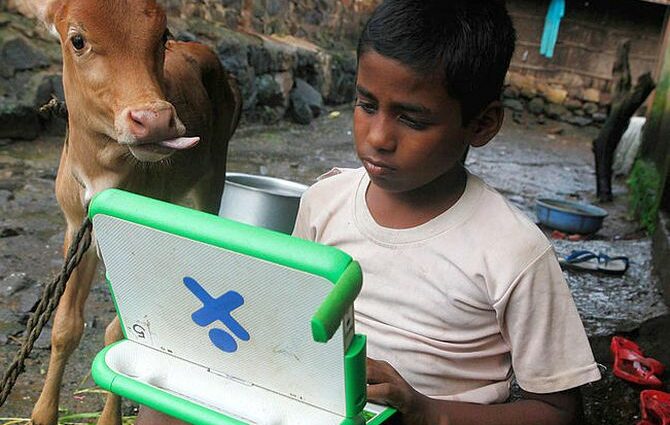The number of internet users in rural India increased 18 per cent last year, faster than growth in urban areas and continuing a trend that started two years ago.
Internet users in urban India increased 5 per cent in 2021.
Rural India has 351 million users, or 37 per cent of people there, according to a report by the Internet and Mobile Association of India (IAMAI) and data analytics company KANTAR.
Around 762 million Indians have not adopted the internet yet–out of which 63 per cent live in rural areas.
‘Difficulty to understand the Internet’, is the primary deterrent along with lack of awareness, especially in rural India.
Goa has the maximum internet penetration and Bihar the lowest among states, the report said.
The number of internet users will grow by over 200 million in the next two years and there will be 900 million of them by 2025, the report said. Internet growth in urban India seems to have hit a plateau, with 341 million users and 69 per cent penetration.
The report titled ‘Internet in India’ is based on a survey of 77,000 households across all states and Union Territories, excluding Lakshadweep.
As many as 346 million Indians are engaged in online transactions such as e-commerce and digital payments: that is more than the US population.
Indian transactions jumped significantly during the coronavirus pandemic, as the report noted a record 51 per cent increase from 230 million transactions in 2019.
Entertainment, communications, and social media were the top three activities engaged in by Indian internet users.
While communication using text and e-mail is the most popular usage, the survey suggests that voice and Indic languages usage will be the key drivers of growth in the future with two out of five rural internet users having done voice-based activities on their phones.
The penetration of over-the-top (OTT) media services in rural India is at par with that in urban India, however, the penetration of other digital services such as online gaming, digital commerce, and digital payments is still skewed in favour of urban users.
This reflects large headroom for the growth of such services among the rural population.
Source: Read Full Article
-
FTC Proposes New Rule To Protect Consumers From Junk Fees
-
Geraldo Rivera Says He’s “Been Fired From ‘The Five'” And Has Quit Fox News
-
Private equity-backed mergers and acquisitions fall to 31-month low
-
United We Stand Summit To Address Hate Crimes And White Supremacist Violence
-
Broadway Review: ‘Pictures From Home’ Starring Nathan Lane, Danny Burstein & Zoё Wanamaker


